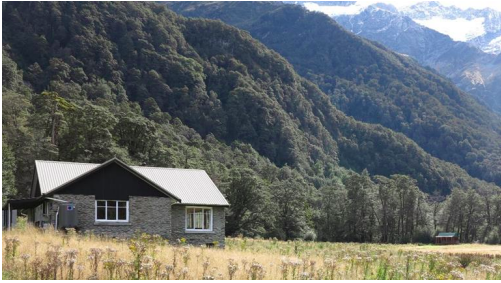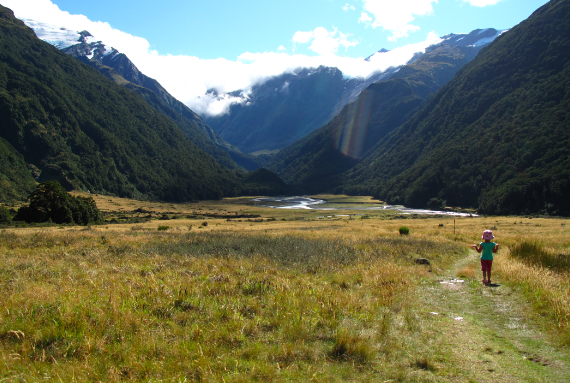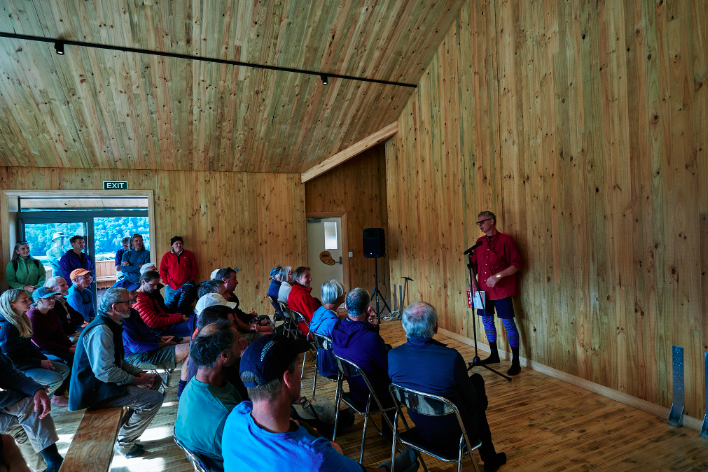New life for historic hut
Maddy Harker
04 April 2023, 5:04 PM
 A $1.3M refurbishment of Aspiring Hut, just completed, has future-proofed the hut for generations to come. PHOTO: NZAC
A $1.3M refurbishment of Aspiring Hut, just completed, has future-proofed the hut for generations to come. PHOTO: NZACA treasured tramping hut with a 70+ year history has been given a second life following an extensive refurbishment that proved to be an adventure of its own.
Aspiring Hut will reopen in the coming weeks and the high quality renovation is testament to the intrepid tradespeople who slept in tiny bivvies deep in the Matukituki Valley to complete the project, New Zealand Alpine Club (NZAC) general manager Karen Leacock said.
The hut is located 12km from the nearest road and between challenges like flooded rivers, long periods of miserable weather and nothing but the wardens’ quarters for shelter, the project was far from a usual ‘9 to 5’ for the core team of workers on-site.
At the private opening event late last month though, “no one was in a hurry to leave” as they enjoyed a sunny afternoon on the new deck that takes advantage of the site, Karen said.

The refurbishment transformed the 70+ year old hut in just seven months - no easy feat in the remote location. PHOTO: Supplied
The history of the popular hut has been preserved where possible with features like the historic stonework retained, but inside the shell the structure has had a major revision - it is now snug with insulation and an environmentally-friendly fireplace, safer after earthquake strengthening, and features a rejigged interior layout to better cater to families and small groups.
“The hut is looking amazing,” Karen said.
“It looks a million dollars, as it should.”

Aspiring Hut, which is located in the Matukituki Valley, has been a hugely popular destination since it was built in 1949. PHOTO: Supplied
First envisioned as a $350K earthquake repair job with Jobs for Nature funding, the NZAC project snowballed into a $1.3M full refurbishment, supported by “amazing donations” from the Otago Community Trust, the Tupuki Trust, NZAC’s own funds and other smaller donors.
Aspiring Hut is owned by NZAC and has been an important location for outdoor enthusiasts since it opened in 1949, both as a base for trips to Mount Aspiring and the surrounding peaks and trampers and families visiting it as a destination in its own right.

NZAC members and other contributors celebrate the completion of the refurbishment inside the newly insulated and timber-lined hut late last month. PHOTO: NZAC
It often gets more than 3,000 bed nights in a year, making the “very challenging” seven-month project (which included many volunteer hours from NZAC members) more than worthwhile.
The hut is currently locked while the final paperwork for visitor use is being processed but as soon as that is done visitors will be able to book a stay at the Department of Conservation website, Karen said.





